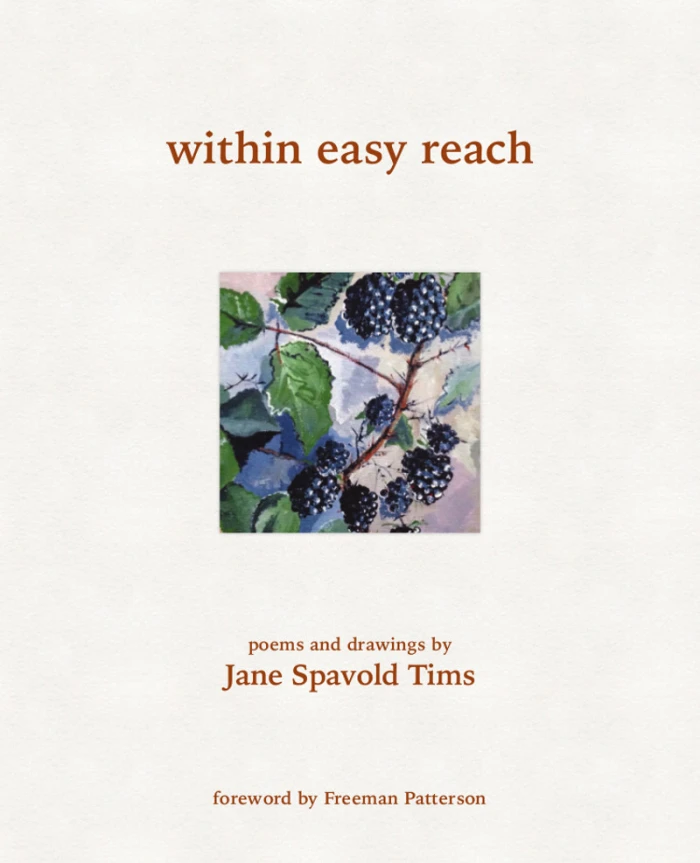spending time out-of-doors
Do you spend enough time out-of-doors? Some researchers believe if you haven’t seen a ‘fractal’ today, you aren’t as well as you could be!
The word ‘fractal’ is relatively new. My desk-side dictionaries, a Webster from 1979 and an Oxford from 1998 do not have this word. According to the on-line Oxford Dictionary, a ‘fractal’ is a curve or geometrical figure, each part of which has the same statistical character as the whole. The word ‘fractal’ comes from the Latin fractus meaning ‘to break’.
In nature fractals occur frequently. All fractals are self-similar – the ‘whole’ has the same shape as its parts. For example, the tributary of a river has the same sinuous shape and properties of the larger river. Also, the leaflet of a finely-divided fern has the same shape as the whole frond.

Bracken fern with fractal leaf patterns... the leaf is divided into leaflets... these are divided into sub-leaflets... and these are divided into lobes...
Benoit Mandelbrot is the mathematician credited with first describing fractal geometry.
Other fractals in nature include mountains, branching patterns of trees, the dendritic form of root systems, patterns of vessels in the body, frost crystals and snowflakes, even the clustering of galaxies. Just go on a walk outside to find lots of your own examples of fractals.
When we do not include nature in our lives, we miss these fractals. If experiencing fractals in nature is necessary for human wellness, as some suspect, this is yet another reason for getting out-of-doors, examining the patterns we see in trees and other wild plants, taking in the scenery of landforms and horizons, and catching snowflakes on mittens.
fractals
~
winter trees on morning sky
each a watershed, dendritic weave
brooks and rivers
backwaters and waterfalls
~
the trunk a river
not flowing to the sea
but into earth toward
unsalted water, deep in the ground
~
the roots the mirror of river
knowledge gathered
drawn, divided
to fine corpuscular thread
~
© Jane Tims 2005























Nice. I like the idea of the “dendritic weave”. My daughter did a project in grade school on how atmospheric conditions affected the various shapes of snow flakes. That was my introduction to the word “dendrite” – it conjures all sorts of fractals. And I’ve always liked to see the repetition of these shapes in nature, beginning with snorkeling on coral reefs in the Indian Ocean as a kid.
Really nice, evocative pictures and poems. Thanks!
LikeLike
Bronwen Cunningham
August 2, 2012 at 9:11 pm
Hi. Glad you like the post. It sounds like you’ve seen some of the world! Jane
LikeLike
jane tims
August 3, 2012 at 7:04 am
Very interesting – I’m wondering if some of our ideas of what is beauty are based on this without us necessarily being aware of it? Could the golden ratio be linked to this? As i’m walking along I’m often looking at how shapes break down into each other – it seems to be a basic structure of nature from microorganisms to the universe & beyond. As I’m painting buidings at the moment though, rather than natural forms, I still see the shapes as breaking into smaller & smaller parts. Perhaps on the other hand they woudn’t add up mathmatically in the same way? I’m hopeless at maths!
As usual you’ve got lots of interesting things here but I’ve run out of time again!
LikeLike
Sonya Chasey
November 22, 2011 at 3:39 pm
Hi Sonya. I think mathematical regularity happens more often than we think. We used to find iron pyrite along the shore and it occurs as a cube, and breaks down to cubes within cubes within cubes. Jane
LikeLike
jane tims
November 22, 2011 at 7:37 pm
Excellent Jane! Never thought of looking at nature in the form of fractals … yet you are entirely right. Funny how I never noticed it even thlough it’s right in front of my nose everytime I go out into the woods. Now I will see fractals everytime I look at a fir tree or a fern … everywhere. Nice post. As always an excellent poem and drawing 🙂
-Denis
LikeLike
JD
November 20, 2011 at 9:43 pm
Hi Denis. I was especially struck by the fractal form when the snow outlined the tree branches the day it snowed. Jane
LikeLike
jane tims
November 21, 2011 at 8:15 am
I learn so much from your blog Jane. I always look at tree branches and plants when I am out walking the pup, but I never thought of why it was so pleasing to look at them. Normally I like the mysteries of math to remain a mystery, but geometry is pretty interesting!
LikeLike
C.L. Sostarich
November 20, 2011 at 9:54 am
Hi C.L. It is worthwhile to have a look at the Google images of fractals. Some of them are truly beautiful. Jane
LikeLike
jane tims
November 20, 2011 at 8:44 pm
I worked on fractals a little at school and I enjoyed reading this because you make them really poetic. Very nice poem and pics!
LikeLike
elbrigaking
November 20, 2011 at 9:40 am
hi. Thanks for the comment. I think more people need to know about fractals! Jane
LikeLike
jane tims
November 20, 2011 at 8:37 pm